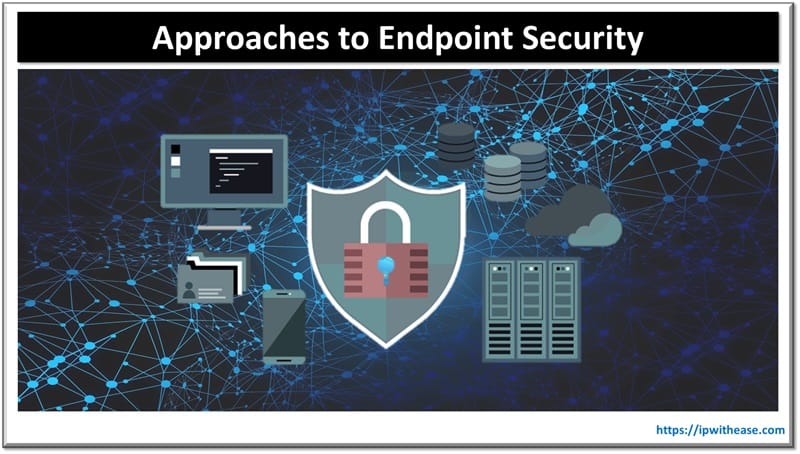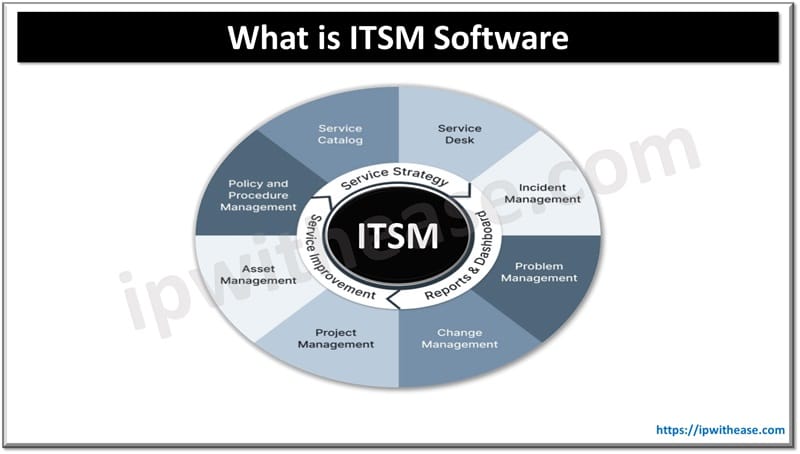Table of Contents
An endpoint is any device, like a computer or smartphone, that’s capable of connecting to a network. In today’s world, that can also include TVs, smart thermostats, smart doorbells, and even your washing machine or refrigerator. This ubiquity of connectivity creates unique and ever-present security risks, especially for large organizations with lots of sensitive data. As of this writing, over 1 billion records have been stolen due to data breaches in 2024 alone.

Given this vulnerability, every organization needs to take a comprehensive, multi-faceted approach to data security. It’s not enough to install some antivirus software, require every user to have a password, and call it a day. Sophisticated attacks make traditional tools like corporate firewalls ineffective without the right measures in place. Here are some of the tools and approaches organizations are using to protect their endpoint security.
Approaches to Endpoint Security
1. Endpoint Privilege Management
You only want your most important data and credentials in the hands of your most trusted employees and partners. However, there are many situations where someone needs temporary higher-level privilege to perform a specific task. Many organizations are quick to hand employees universal administrator rights when they need application access. This can make their systems extremely vulnerable to cyber attacks, malware, and other cybersecurity breaches.
Endpoint privilege management solutions give IT administrators greater control over user access to higher applications privileges. These systems allow IT admins to temporarily grant access to only specified applications, with their usual credentials. With endpoint privilege management, individuals and applications can access higher-level resources without administrator login credentials. The result is a more secure, more efficient system for granting elevated access.
2. Endpoint Detection and Response Solutions
Endpoint Detection and Response, or EDR, is the next generation of antivirus software, with none of the annoying pop-ups. An EDR system works by constantly collecting data from all endpoint devices on your network, noting actions like file transfers and downloads. Advanced analytics and machine learning algorithms analyze this data in real-time to spot patterns that could indicate a potential breach or cyberattack.
EDR doesn’t stop there, though; based on either machine learning or rules programmed by humans, it takes immediate action. It can do things like disconnect or log users off, prevent users from opening files, or stop a program from running before damage is done. All programs have different capabilities, but other functionalities include alerting security analysts to the problem and generating comprehensive incident reports for review.
3. User and Entity Behavior Analytics
User and Entity Behavior Analytics (UEBA) software also uses machine learning to identify threats, but it takes it another step further. It uses this technology to identify even the smallest deviations or anomalies in the behavior patterns of regular endpoint users. For example, if an employee with proper login credentials decides they want to launch a cyberattack, UEBA can tell. It can “see” tiny patterns in computer use that differ from the employees’ normal behavior.
UEBA systems can, therefore, notice with a high degree of accuracy if an unauthorized user is accessing the system with someone else’s credentials. They can also work in tandem with EDR systems to escalate seemingly low-level alerts when they sense a greater threat. UEBA can also spot and put a stop to accidentally risky behavior like users falling prey to phishing scams. They can do this by spotting behaviors (like dangerous link-clicking) and engaging EDR to stop them.
4. Zero Trust Security Model
Zero Trust isn’t a specific software tool, but a philosophical approach or framework to how network access is treated. The idea behind Zero Trust is exactly what it sounds like: nothing is taken for granted, and no request is assumed to be safe. In a Zero Trust model, every user must be authenticated and continuously validated, every time, whether they’re coming from inside or outside the network.
In more traditional network security protocols, a “trust but verify” model is used, internal users are trusted until something goes wrong. With modern cloud architecture, however, the line between internal and external is slim or nonexistent, making this model too vulnerable to attack. Though Zero Trust has existed since the 90s, increased demand for secure remote access during the pandemic turned Zero Trust into standard protocol.
5. Data Loss Prevention
Data Loss Prevention (DLP) is a hybrid of tools and systematized processes to protect sensitive or private data from loss, misuse, or inappropriate access. It’s typically used to protect data that’s subject to regulatory compliance requirements, like medical, financial, or legal data. It can also be used to protect intellectual property data, trade secrets, or classified government information. Finally, it is used to protect personally identifiable information, aka PII.
DLP software automatically categorizes and classifies this data, typically using deep content analysis to recognize sensitive data. In addition to protecting this data from unauthorized use, this software can also prevent sensitive or important data from being deleted by malicious actors. Finally, it can detect cyber threats and alert organizations to suspicious activity. From there, it’s up to the organization to have the right systems in place to manage breaches and other risks.
Safer Today, Safer Tomorrow
As new security threats develop, organizations must be quick and agile in adapting to and mitigating risks. While the newest tools and systems can protect effectively against current security risks, hackers are smart, and can change tactics to keep up. Some malicious actors are even training AI models to learn how to hack for them. To stay safe, stay informed about new security risks, and update your software and protocols continuously as new threats evolve.
ABOUT THE AUTHOR
IPwithease is aimed at sharing knowledge across varied domains like Network, Security, Virtualization, Software, Wireless, etc.



